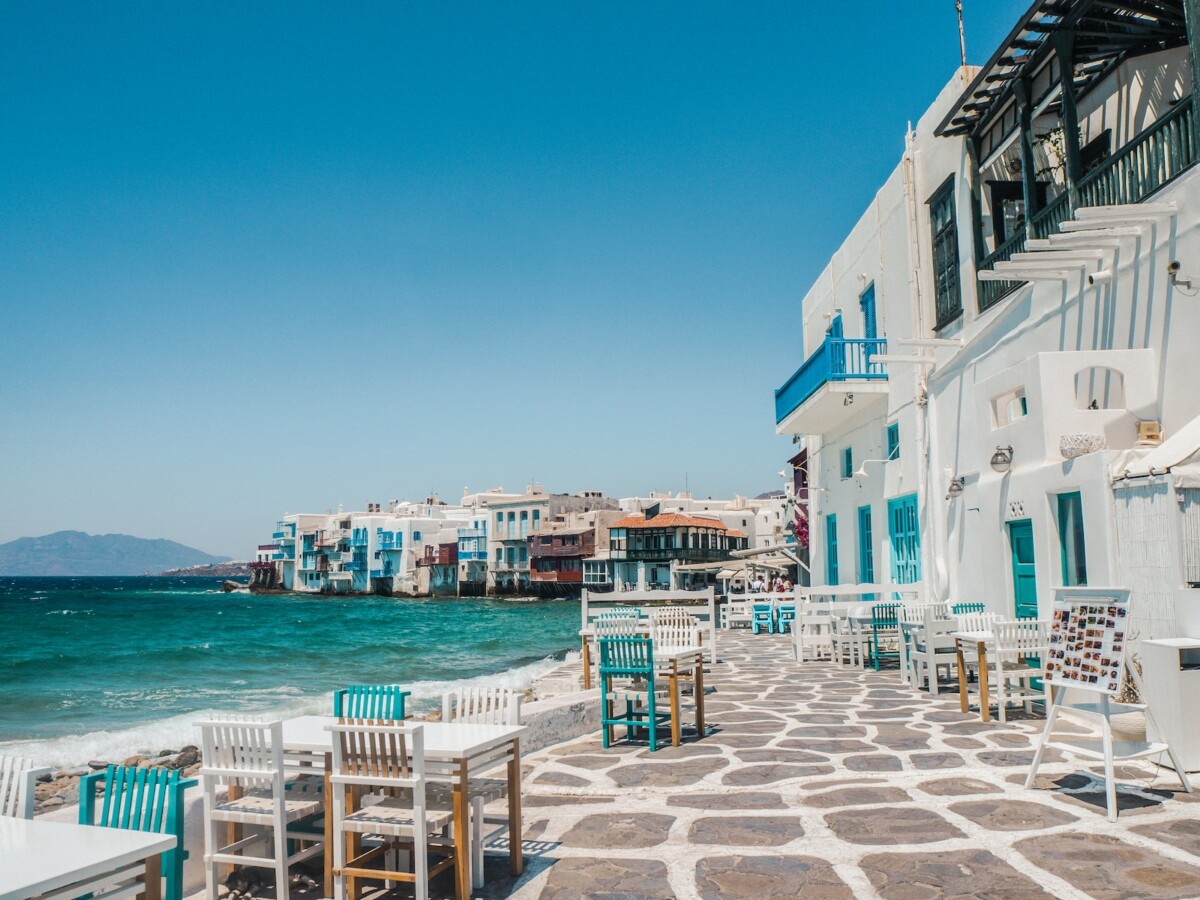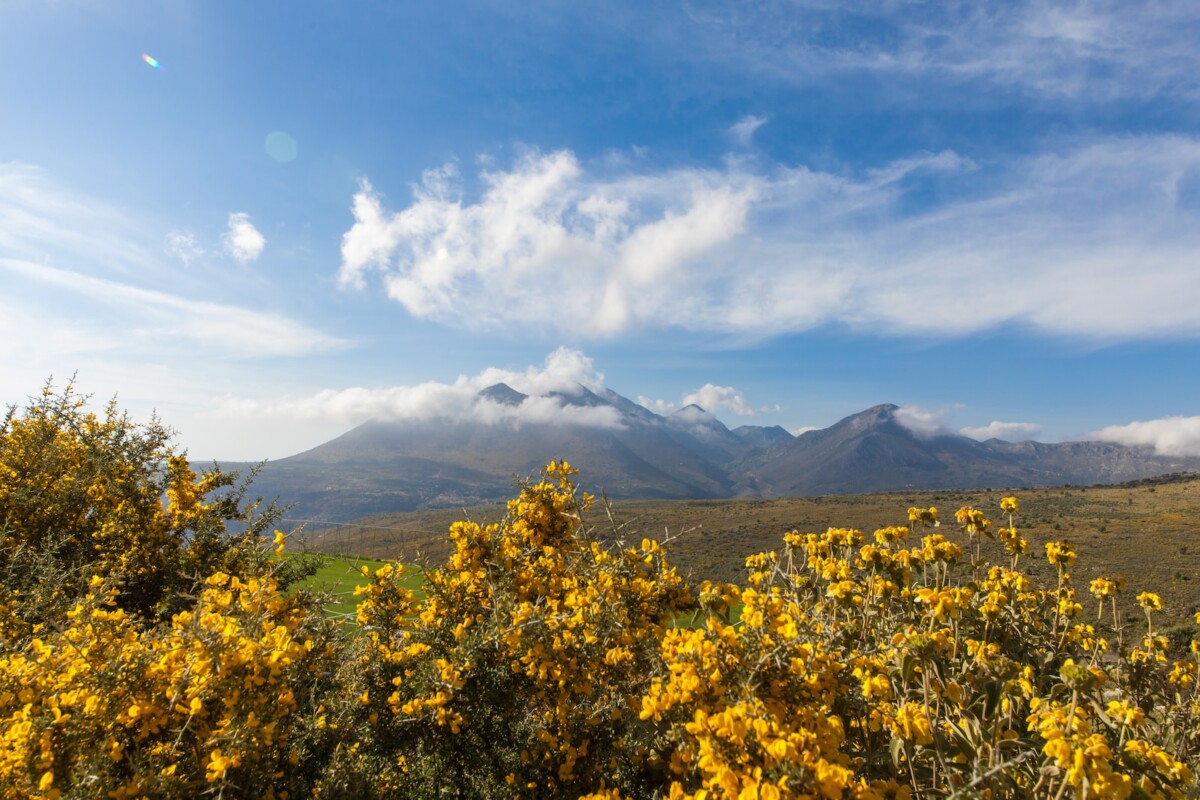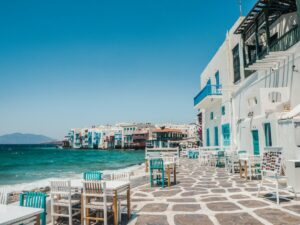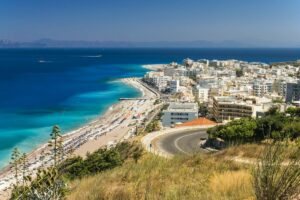Are you contemplating a journey to the Greek Islands? Boasting beautiful beaches, lively local culture and magnificent landscapes – it’s no surprise t
hat visitors flock to the islands each year to experience a slower way of life. But when is the best time to visit the Greek Islands? It all depends on what you intend to do! From wintertime skiing in Crete to summer sunbathing in Santorini, there are plenty of activities available depending on which season you choose.

Winter in the Greek Islands
The average temperature during winter in the Greek Islands is between 10-20°C (50-68°F), providing mild and sunny conditions. Occasionally, brief rain showers or a light sprinkle of snow can be expected during winter in the Greek Islands; however, these usually don’t last for long and weather is generally much warmer than on mainland Greece. The days remain mild and inviting, making it a great time to explore the area or go on hikes.
During the winter months, the greek islands close, so visiting during this period will give you a real sense of how it is to be a local. Nearly all tourism-centered stores have shut-shop, fewer tourists wander the streets, and lower temperatures will encourage you to keep your body moving – so it’s a great time to visit Greece and explore its many hiking trails!
Cultural Activities
When visiting Greece in the low season, you’ll find many wonderful Winter events all waiting for you to join. Christmas markets can be found throughout the islands during wintertime, offering traditional treats like loukoumades (honey puffs) and kourabiedes (almond cookies). There are also caroling performances by local choirs in some villages on Christmas Eve. Traditional Greek music performances take place at various venues around the islands all winter long, giving visitors a chance to experience authentic culture firsthand.
Exploring the culture, engaging in seasonal activities and getting away from it all – wintertime in the Greek Isles is a great way to do just that – just make sure you bundle up and keep yourselves toasty!
Spring in the Greek Islands
In the Greek Islands, spring brings mild and sunny weather with average temperatures ranging from 10 to 20 degrees Celsius (50-68 Fahrenheit), though occasional rain showers may occur – so pack your umbrella! Although the low-season climate is generally mild and sunny, you can expect particularly gusty days and overcast weather (especially when visiting a Cycladic Island like Santorini). Spring is an ideal period for outdoor pursuits, like sightseeing, trekking, sailing, sunbathing and investigating ancient ruins.
Additionally, Springtime also sees the residents of the islands slowly make their way back and begin to prepare for the approaching Summer season, so its a great time to catch a glimpse of the locals refurbishing, painting, decorating, and anticipating the upcoming season.
Cultural Activities
During springtime you are spoiled for choice at the variety of local activities. Experience the magical celebrations during Greece’s holy week (Greek Orthodox Easter) with traditional music performances and celebratory meals; outdoor concerts featuring local musicians; art exhibitions exhibiting both established and emerging artists’ work; festivals commemorating regional customs or religious traditions; theatrical renditions of ancient tragedies or comedies; wine tastings at nearby wineries, and cooking classes teaching how to make authentic Greek dishes – and the list goes on!
If you prefer to catch the warmer days but avoid the tourist crowds during ‘shoulder season’, then Springtime is also a great time to visit Greece. It’s also a great time to visit Mykonos, Santorini, Corfu, and other busy islands that are known for their Summer season hordes.
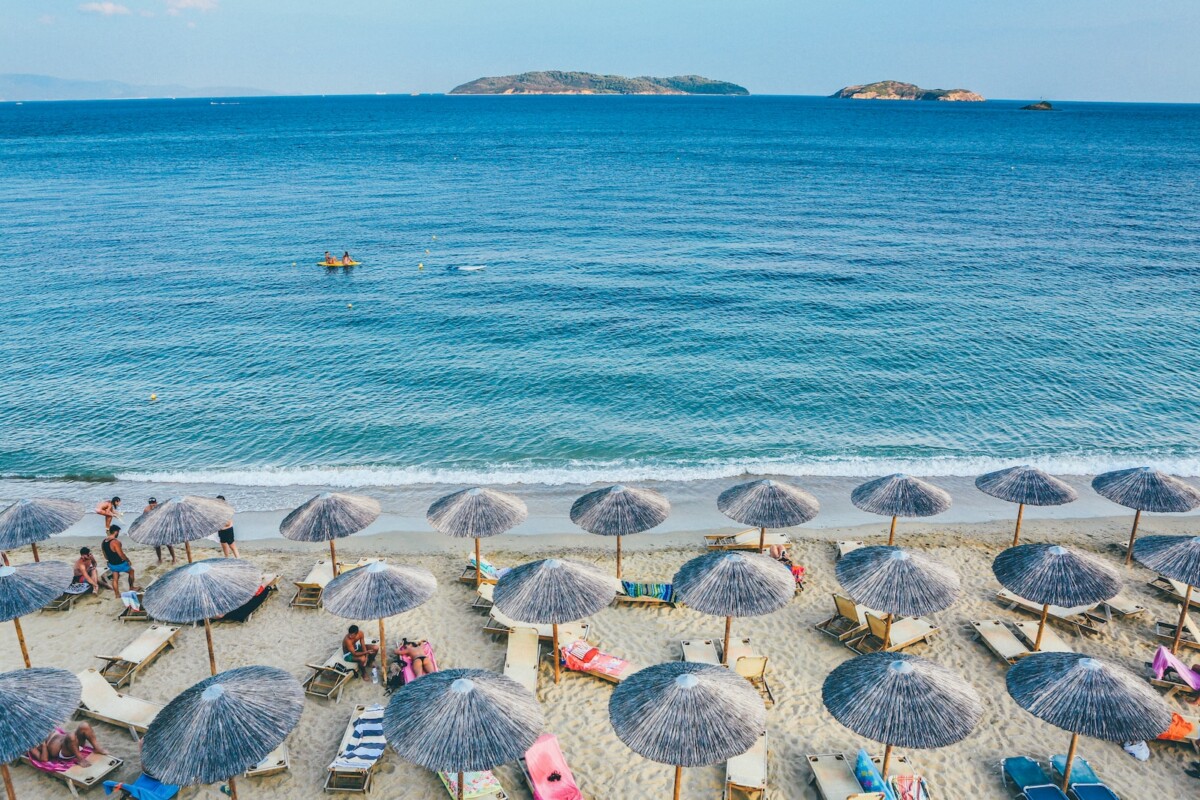
Summer in the Greek Islands
In the summertime, Greek Islands experience typically bright and warm conditions with thermometers registering up to 86°F (30°C). However, it can get cooler at night so make sure you bring layers for those chillier evenings. The islands also have an average of 10 hours of sunshine a day during peak season which makes them ideal for beach days or outdoor activities such as swimming, snorkeling, scuba diving and windsurfing.
This is also a perfect time of year to go Greek Island hopping, with ferry schedules in full-swing, good weather throughout many greek islands, and the chance to merge your beach holiday with exploring the historical sites scattered throughout the islands, it’s a must do for your Summer trip.
Cultural Activities
During summer months the Greece comes alive with events and festivals celebrating local cuisine or traditions such as wine-making or olive harvesting. You can find outdoor concerts, art exhibitions and theatrical performances taking place all over the islands. There are also religious ceremonies like weddings or baptisms that you may be able to witness if you’re lucky enough.
The hot weather and lively energy of the summer season makes it an ideal time for those seeking a vibrant cultural experience and plenty of outdoor activities, including scuba diving, paddle boarding, and trekking to archeological sites – just be sure to keep yourselves cool and protected from the blazing Greek sun!

Autumn in the Greek Islands
Temperatures during autumn in the Greek Islands generally stay between 15°C and 25°C, providing a pleasant atmosphere for outdoor activities. The daytime brings sunshine, but now and then you might get a sprinkle of rain. In addition to the more mild weather, sea temperatures are at their best, so outdoor activities such as swimming, snorkeling, scuba diving, windsurfing and kayaking are ideal during autumn period.
Cultural Activities
During autumn months there are plenty of activities going on in the Greek Islands. Outdoor concerts are held at local parks or beaches while art exhibitions take place in galleries around town. There are also festivals celebrating local cuisine or traditions like wine-making or olive harvesting which give visitors an insight into authentic Greek culture. It’s also worth noting that the water is at its warmest in Autumn due to the continuous heat from the sun slowly warming the water over the Summer months – so it’s perfect for all you beach babies!
Autumn is also a time when tourism begins to slow its pace, but there’s still more than enough happening on the islands before the off season begins, so from early September, you’ll be able to avoid the crowds, but still enjoy the same activities as the summer months.
Cheapest Month to Visit the Greek Islands
The cheapest month to visit the Greek Islands depends on several factors. When it comes to accommodation costs, spring, late autumn and winter are usually the most affordable times of year. Transportation costs, including those for planes, boats, trains and buses tend to be less expensive during these periods, as well as accommodation generally costing less than the busier months.
During winter, travelers can often find great deals and discounts on travel packages due to decreased demand for airfare and hotels. Airlines typically offer special fares during this period due to reduced demand for air travel in Greece. The same also applies to hotels and accommodation, when you can sometimes find hidden gems for half the price of high-season.
Seasonal events and festivals can be a great way to save money when visiting the Greek Islands as many venues offer discounted admission fees or even free entry around certain holidays such as Easter Sunday or Christmas. For example, if you’re planning a trip over Easter weekend then make sure you check out some local celebrations which could provide an exciting cultural experience while saving you money at the same time (however, during Greek Easter, you can expect to find higher travel costs)
Overall, there isn’t one single ‘cheapest month’ when it comes to traveling in Greece, yet you can still save money by researching prices and taking advantage of seasonal discounts. Whatever you need, Greece has more than enough to provide.
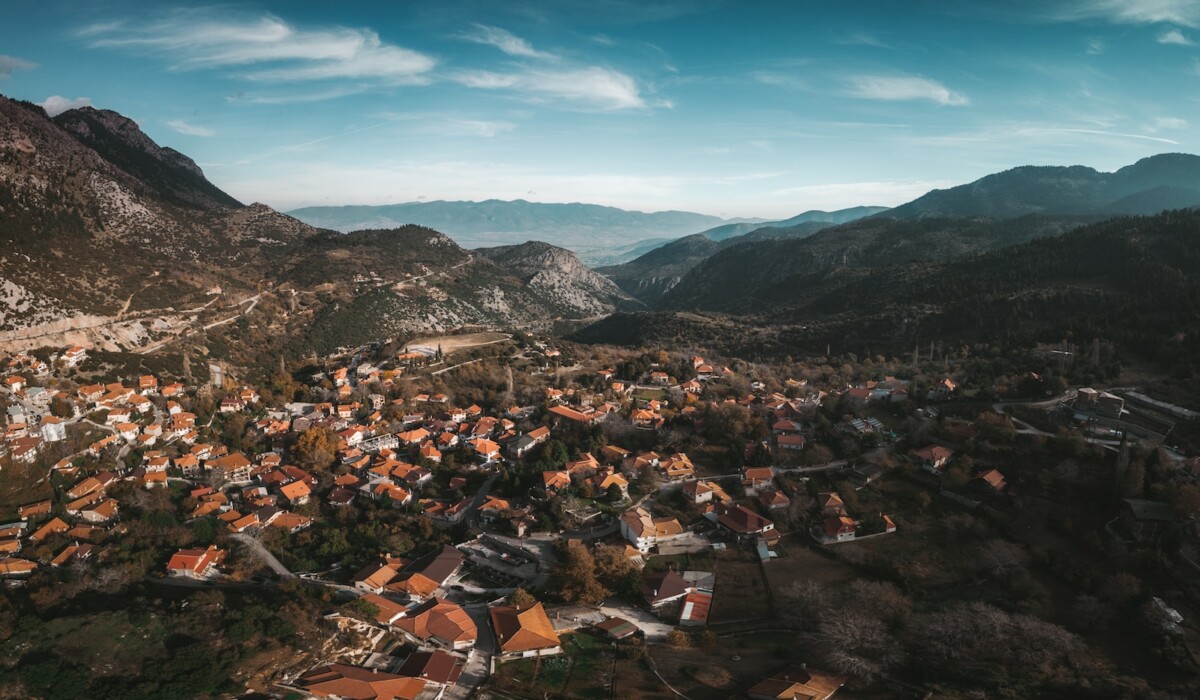

FAQs
What is the best month to cruise the Greek Islands?
The best time to cruise the Greek Islands depends on your preferences and travel plans. Generally, April through October is considered peak season in Greece due to its warm weather and long days of sunshine. June through August are especially popular months as they offer the most hours of daylight for exploring each island. For those seeking a more relaxed atmosphere, September or early October may be better options with fewer crowds but still plenty of warmth and sun during the day. Whatever month you choose, you’re sure to find stunning views from every port.
What is the off season in Greece?
The off season in Greece generally lasts from November to March. During the off season, temperatures are typically cooler and rainfall is more common. Some tourist attractions may be closed or have limited hours of operation, resulting in lower accommodation prices and a more tranquil atmosphere on certain islands. Additionally, some islands may experience fewer visitors so its a great time to visit to experience a more peaceful and relaxing vacation, and an even better time for those looking for an escape from busy cities or crowded beaches.
What is high season in the Greek islands?
High season in the Greek Islands typically falls between late May and early October. During this period, temperatures are typically warm and sunny with average highs of 26°C (79°F), allowing visitors to make the most of their time in the Greek Islands. The islands tend to be more crowded as visitors flock to enjoy the beautiful beaches, crystal clear waters, vibrant nightlife and delicious local cuisine. It is also a popular time for sailing trips around the various island groups such as Cyclades or Dodecanese. Although high season can bring crowds, it is still an ideal time to visit Greece’s stunning islands due to its pleasant weather conditions.
What should I pack for a Greek Island vacation?
It depends on what time you’re visiting Greece, but if you’re heading over during the high season to soak up the rays of the hot Greek sun and catch some beach time, so want to make sure you take the following.
- Light, airy clothes
- Sunscreen!!!
- A hat that shades your face and neck
- A pair of sandals for the beach
- A pair of trainers or walking shoes for walking
- A refillable bottle of water
If you’re travelling to the islands in the low-season and winter months, then you also want to pack:
- Wasterproof jacket
- Umbrella
- Comfortable, waterproof shoes
- A hat for shading you from the wind
- Long trousers (for the rainy days)
- A bag to protect your belongings during more adverse weather
Conclusion
Exploring the unique culture, captivating scenery, and ancient heritage of Greece can be done best by visiting its islands. No matter when you come, there’s plenty to do for all types of vacationers. Whether it’s winter or summertime that appeals most to you, each season offers something special in its own right. Spring brings warm weather with blooming flowers while autumn has mild temperatures perfect for exploring ancient ruins. So, whenever you choose to come, the islands will be waiting for you with open arms!


